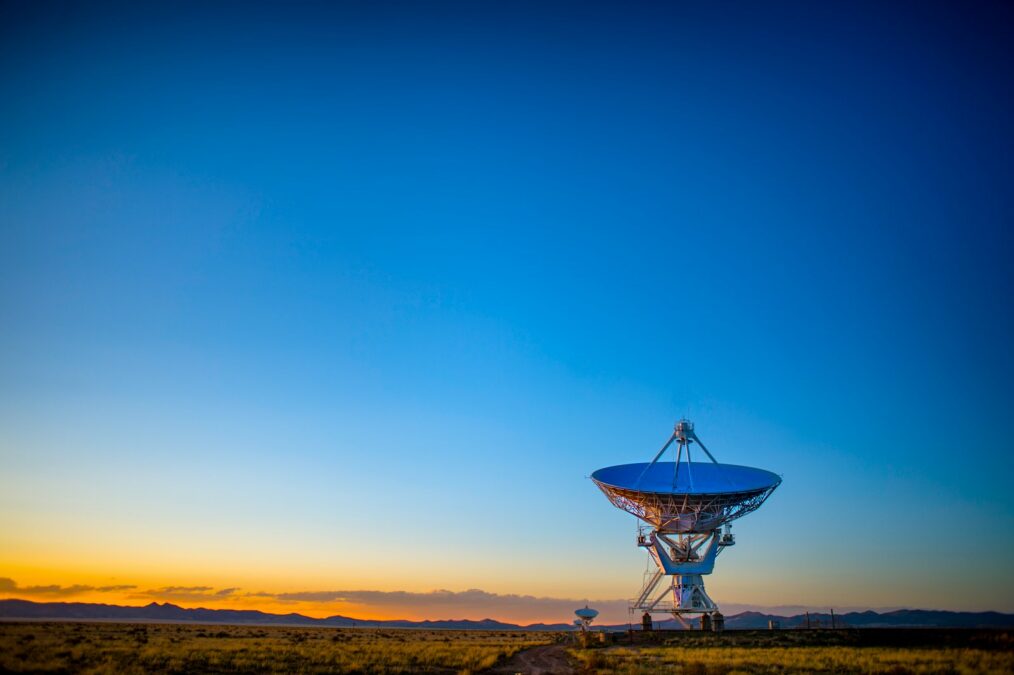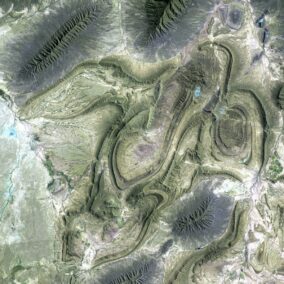Enhancing Flight Safety and Efficiency with Advanced Navigation Systems
Navigating the Skies with Satellite Technology
The utilization of satellite navigation technology represents a pivotal advancement in modern aviation, offering precise navigation and guidance for aircraft during critical phases of flight, including takeoff, climb, descent, and landing. Traditional navigation methods often relied on ground-based radio beacons and radar systems, which posed limitations in terms of accuracy, coverage, and reliability, particularly in remote or densely trafficked airspace. However, with the advent of satellite-based navigation systems like GPS, GLONASS, and Galileo, pilots now have access to highly accurate position data, enabling them to navigate with unprecedented precision and confidence, even in challenging conditions.
One of the key benefits of satellite navigation technology is its ability to provide continuous, real-time positioning information to aircraft, allowing pilots to maintain their desired flight paths with utmost accuracy. By triangulating signals from multiple satellites orbiting the Earth, GPS and other global navigation satellite systems enable precise determination of an aircraft’s position, velocity, and altitude, facilitating smooth transitions between different flight phases and ensuring optimal route efficiency. This level of precision navigation is particularly critical during critical maneuvers such as approach and landing, where precise guidance is essential for safe and timely touchdown.
Moreover, satellite navigation technology enhances flight safety by providing pilots with valuable situational awareness and hazard avoidance capabilities. Through advanced avionics systems and cockpit displays, pilots can visualize their aircraft’s position relative to terrain, airspace boundaries, and other traffic, enabling them to make informed decisions and take proactive measures to mitigate potential risks. Additionally, satellite-based augmentation systems (SBAS) further enhance the accuracy and integrity of GPS signals, providing an additional layer of redundancy and reliability for critical navigation tasks, particularly during low-visibility conditions or in areas with limited ground infrastructure.
Leadership and Innovation in Aviation Navigation
As the aviation industry continues to embrace satellite navigation technology as a cornerstone of modern flight operations, effective leadership and innovation are essential for maximizing its potential to enhance safety, efficiency, and sustainability. Business executives, mid-level managers, and entrepreneurs must demonstrate strong leadership and management skills to navigate the complexities of integrating advanced navigation systems into existing aircraft fleets and operational workflows. Project management expertise is also crucial for overseeing the deployment, testing, and certification of satellite navigation solutions, ensuring compliance with regulatory standards and industry best practices.
Furthermore, visionary leaders must embrace emerging technologies such as Artificial Intelligence and Blockchain to unlock new opportunities for innovation and differentiation in the field of aviation navigation. By leveraging AI algorithms, for example, airlines can optimize flight planning and routing, minimize fuel consumption, and reduce environmental impact, contributing to both business success and environmental sustainability. Similarly, Blockchain technology holds the potential to enhance data integrity, security, and traceability in aviation navigation systems, fostering trust and collaboration among stakeholders while safeguarding critical information against cyber threats and unauthorized access.
In the dynamic and competitive landscape of modern aviation, where technology is reshaping the industry and driving unprecedented change, organizations must invest in continuous learning and development to stay ahead of the curve. By prioritizing leadership development, fostering a culture of innovation, and embracing cutting-edge technologies, businesses can position themselves as leaders in the dynamic and rapidly evolving field of aviation navigation, driving progress and shaping the future of flight for generations to come.
Conclusion: Charting a Course for Success
In conclusion, the widespread adoption of satellite navigation technology represents a transformative milestone in the evolution of modern aviation, enabling precise navigation and guidance for aircraft during critical phases of flight. By harnessing the power of advanced satellite-based systems like GPS and SBAS, pilots can navigate the skies with unprecedented accuracy, safety, and efficiency, enhancing the overall flight experience for passengers and crew alike. With visionary leadership, innovative thinking, and a commitment to excellence, businesses can leverage satellite navigation technology to achieve new heights of success in the dynamic and competitive aviation industry.
#SatelliteNavigationTechnology #AircraftNavigation #AviationTechnology #FlightGuidance #BusinessSuccess #LeadershipSkills























